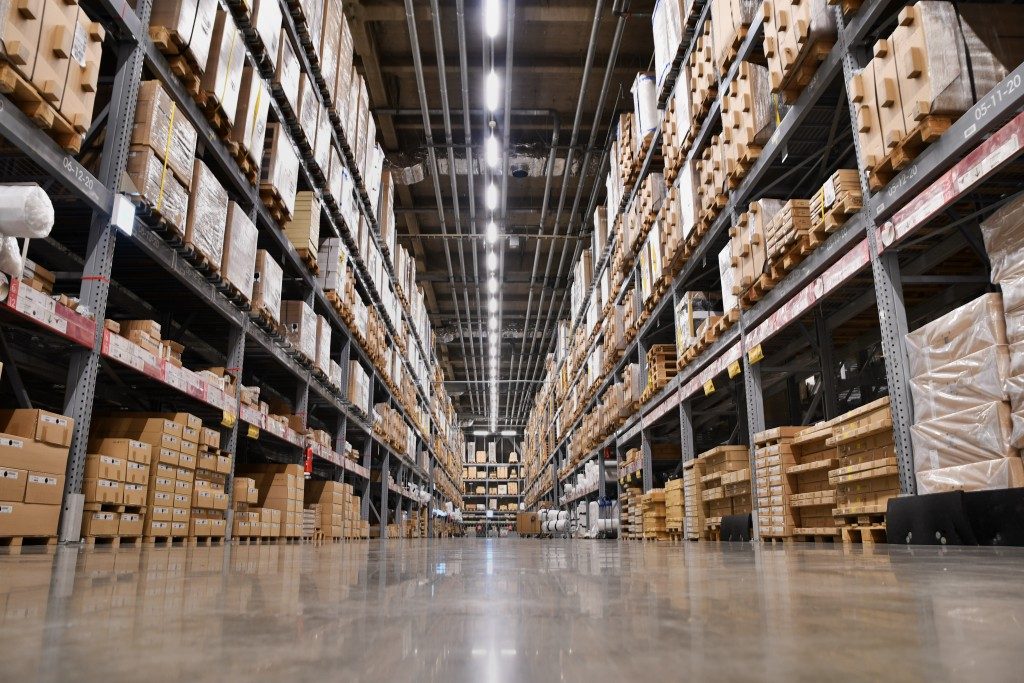Good news: the number of Australians who died due to their work conditions significantly decreased. According to the 2018 report by Safe Work, it declined by 62% since 2007. It means that the fatality ratio is now 1.1 for every 100,000 workers.
The bad news is over 60% of these fatalities happened in only three industries. These were transport and warehousing, agriculture and fishing, and construction. Of these, 38% of the cases occurred in the first one.
How can warehouses reduce the risk? From installing commercial LED flood lights to upgrading worker skills, they can explore many steps to avoid loss of life.
What Causes Worker Fatality?
The Safe Work report listed three primary causes of deaths of employees. Two of these involved vehicles; 31% died due to vehicle collision while being hit by moving objects led to the demise of 17% of the employees. The third reason was falling from a height, which occurred among 13% of the workers.
For industry-specific data, one can refer to road transport statistics since the report grouped warehousing to it. More than 94% of the fatalities were due to road freight transport injuries. Vehicle collision remained the leading cause at 73%. Falls from height accounted for 2% while being trapped between moving and stationary objects resulted in 4% of deaths.
The report, though, missed another critical reason for fatalities: musculoskeletal disorders. The 2017 data claimed that these conditions are one of the underlying causes of death in over 50 countries.
Although ageing is the primary cause, people working in jobs such as warehousing are also prone to it. Their work, after all, entails manoeuvring various vehicles or lifting heavy objects. These can eventually take a toll on their bones and joints, especially with repetitive movements.
Musculoskeletal disorders are also one of the primary contributors to disability globally, according to the World Health Organization (WHO). They can lead to immobility, muscle wasting, and increased risk of falls and fractures.
How Can Warehouses Reduce Fatalities?
Safe Work provides many recommendations to safeguard the health and well-being of employees, and some of the steps are not only cost-effective but also valuable:
1. Install Proper Lighting
Lighting systems, such as commercial LED flood lights, can decrease the risk of human error and vehicle collisions. They can illuminate what previously shadowy or dark areas were. Drivers can also easily see passersby even from afar and vice versa.
2. Invest in Machinery
The purpose of machinery isn’t to get people out of jobs but to help them become more productive, more efficient, and healthier. For example, cherry pickers can help minimise musculoskeletal disorders. They may even allow warehouses to maximise available space on the wall since they can pile inventory on higher levels. This way, passageways become clutter-free, and the warehouse has enough space for vehicles and people.
3. Upgrade the Skills of Workers

Education goes a long way in keeping workers safe. Training on how to properly lift objects or climb ladders can already decrease the risk of musculoskeletal disorders and falls. They may also learn how to perform first aid, which can boost the chances of survival for injured colleagues.
Accidents can—and will always—happen in the workplace. Businesses, though, can do something to avoid them as much as possible. Besides following state codes and industry standards, they can take practical but impactful steps.

